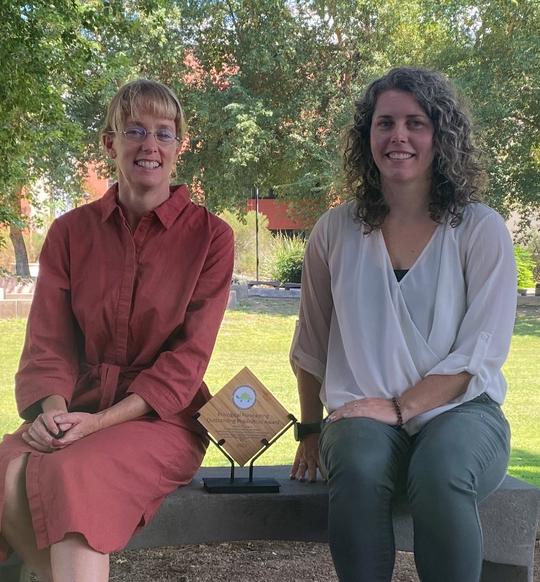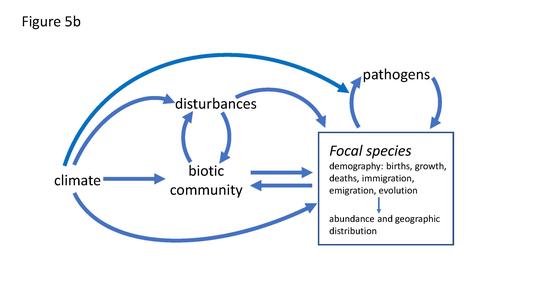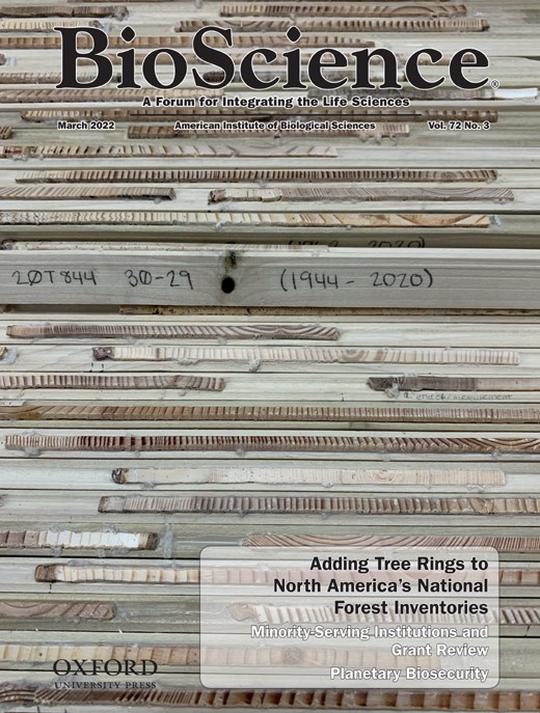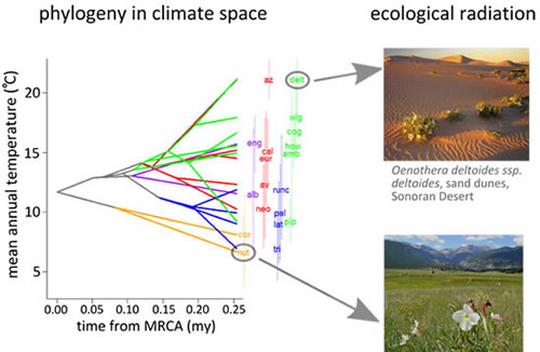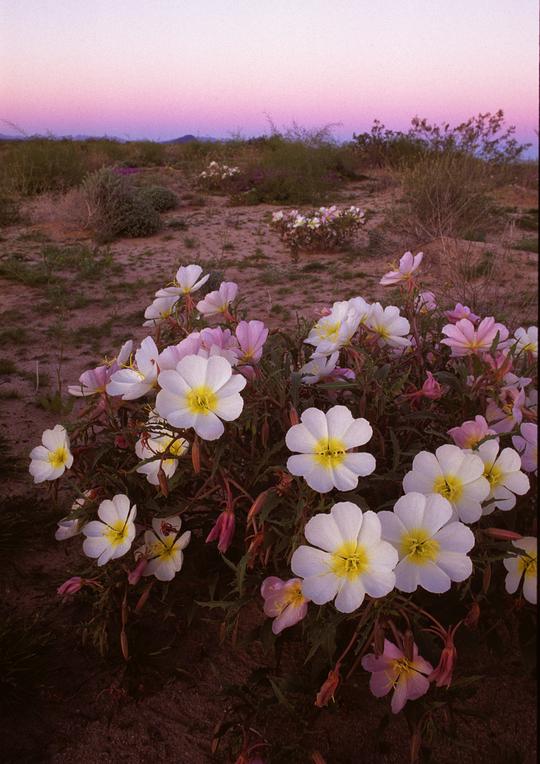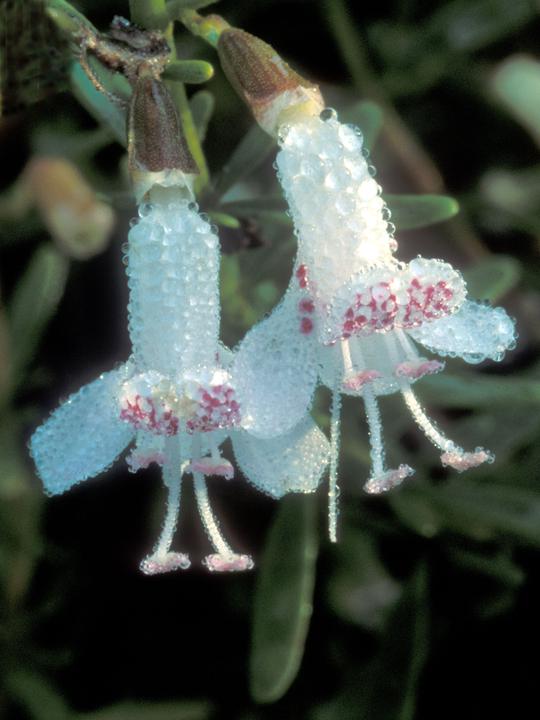About
I am a plant ecologist whose research falls at the intersection of the climate crisis and the biodiversity crisis. My toolbox strongly features demographic data and models, and sometimes novel statistical methods (e.g., the use of Bayesian statistics for ecological forecasting).
The climate crisis
These days, my research is mostly focused on the climate crisis - in terms of the relationship between forests and climate. I’ve been combining tree-ring and forest inventory data to quantify how trees are affected by climate variation and change and how forest ecosystems feedback on climate via their removal of CO₂ from the atmosphere. The climate-growth relationships encoded in tree rings are used to make projections of future tree growth—“ecological forecasts”. This includes collaboration with the US Forest Service and Navajo Forestry Department to develop networks of tree-ring data sourced in forest inventories and tools useful for forest management and carbon accounting, aimed at forest resilience and forest-based “natural climate solutions”. I’ve also been working on developing demography-based models to predict how species' geographic distributions will respond to changing climate (“demographic range modeling”).
The biodiversity crisis
In the past, my work focused on the biodiversity crisis - in terms of the origins, dynamics, and conservation of plant diversity. My training (and experience) was in plant population ecology, including rare plant conservation, population viability analysis, evolutionary ecology, and comparative biology.
I work across the divide between basic and applied science, between ecology and evolution, and between the MacArthur and Odum schools of ecology. I am an integrative thinker who is interested in seeing the discipline of ecology grow, become stronger, and be applied to solve the pressing problems of the 21st century in an inter- and trans-disciplinary manner. In addition to my research activities, I sincerely enjoy teaching and mentoring.
- Forest ecology
- Carbon Cycle science
- Tree Rings
- Plant demography
-
Ph.D. in Ecology and Evolutionary Biology, 2003
The University of Arizona
-
B.A. in Biology, 1993
Reed College
Skills
100%
90%
100%
Experience
Projects
Recent & Upcoming Talks
Featured Publications
Recent Publications
Contact
- mekevans@arizona.edu
- 520 621 1608
- Bryant Bannister Tree-Ring Building 1215 E Lowell Street, Tucson, AZ 85721
- Take the elevator to the 3rd floor, go to the east side of the building.
